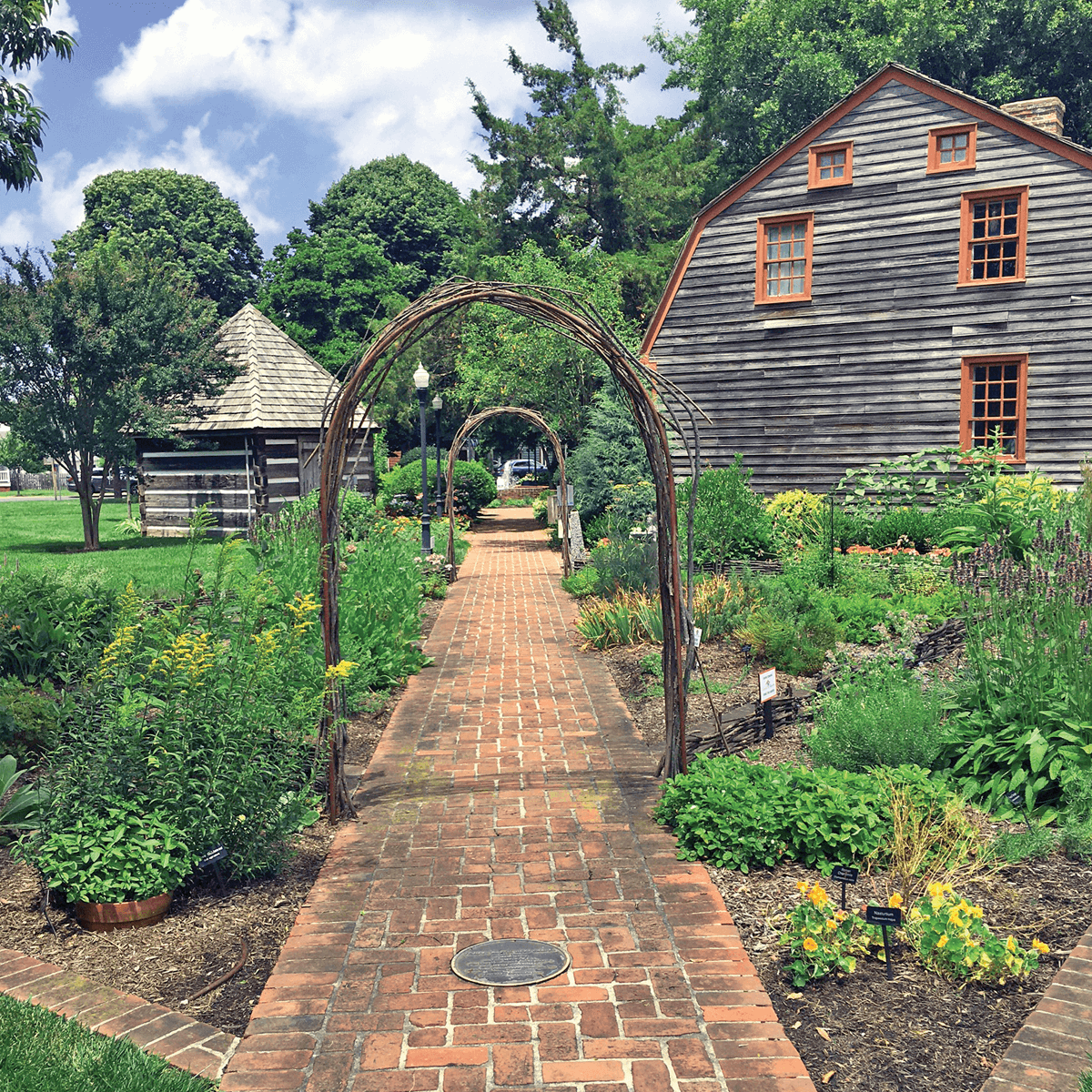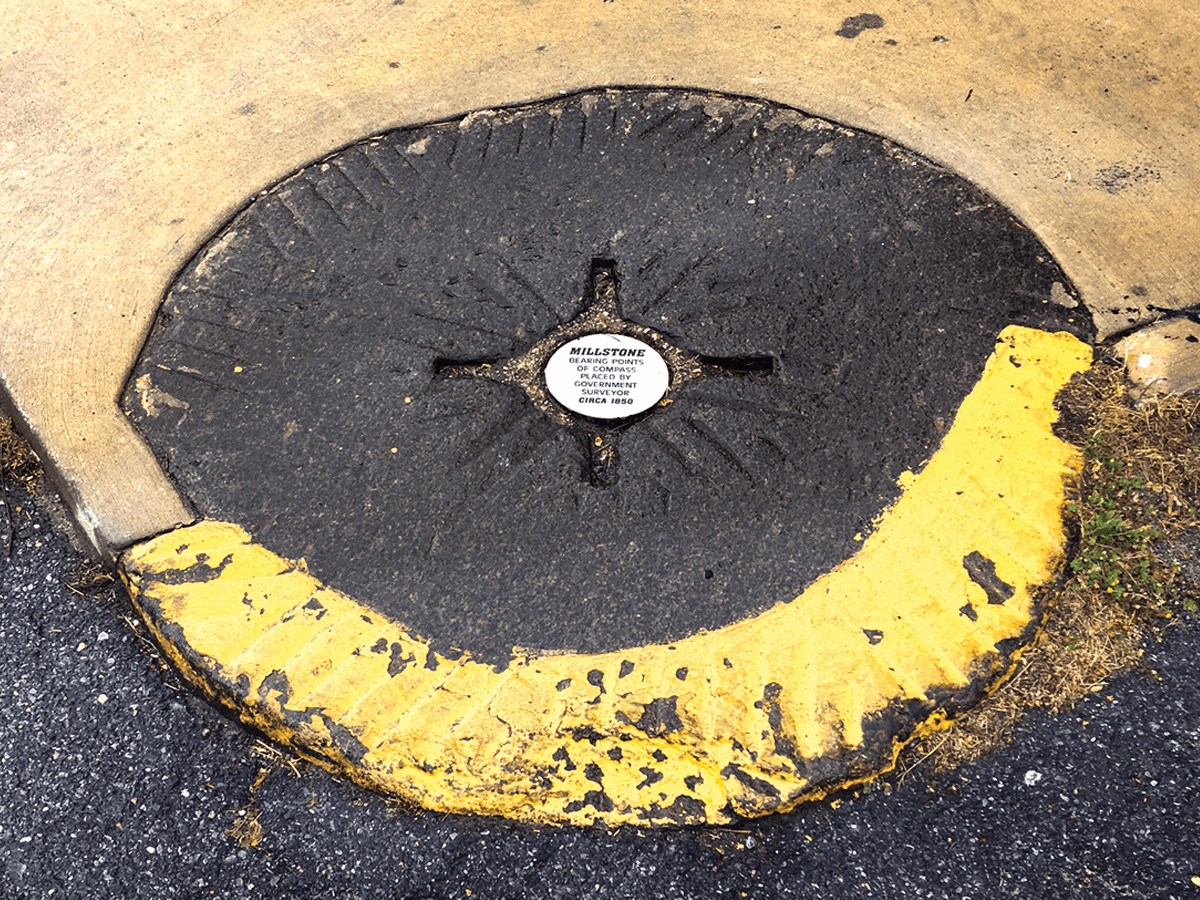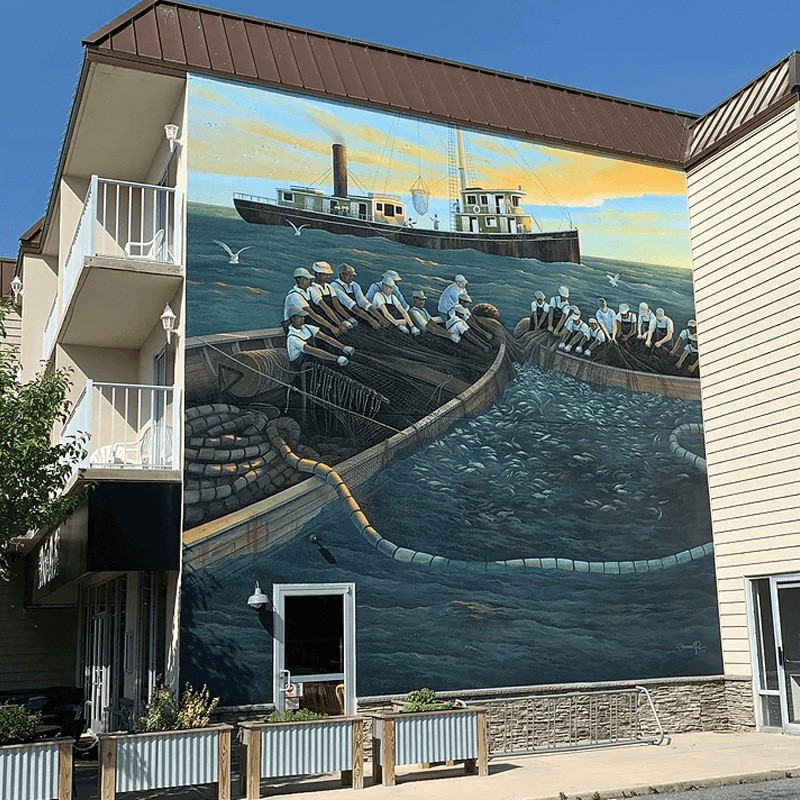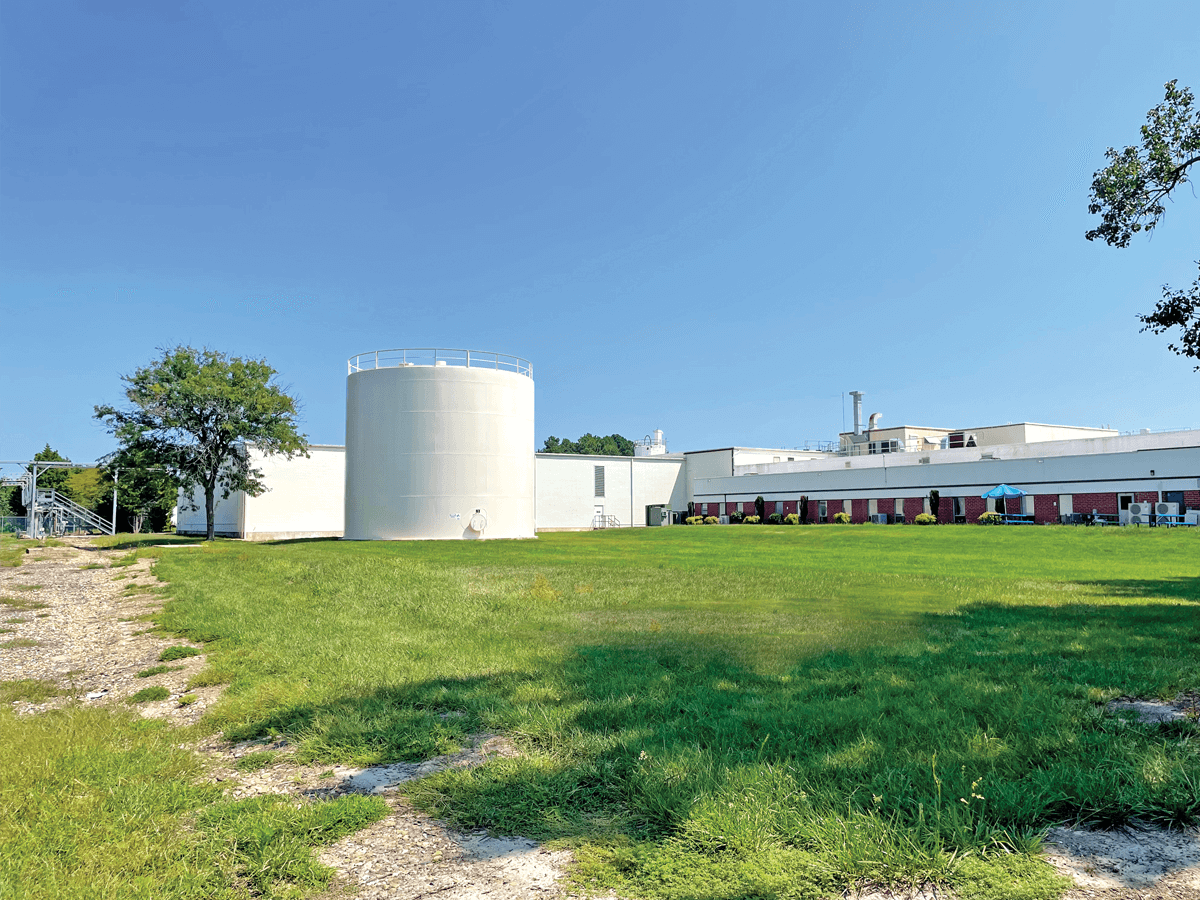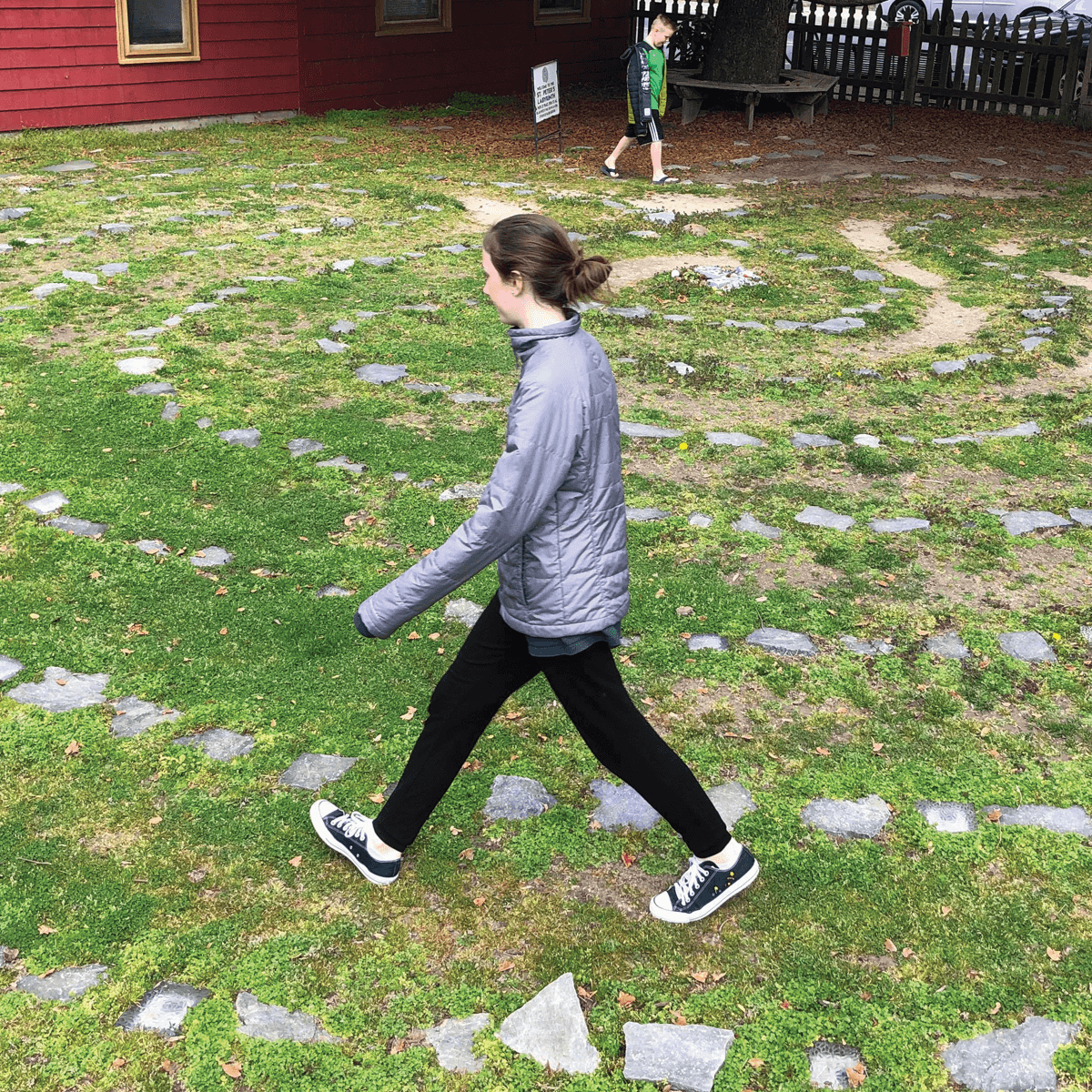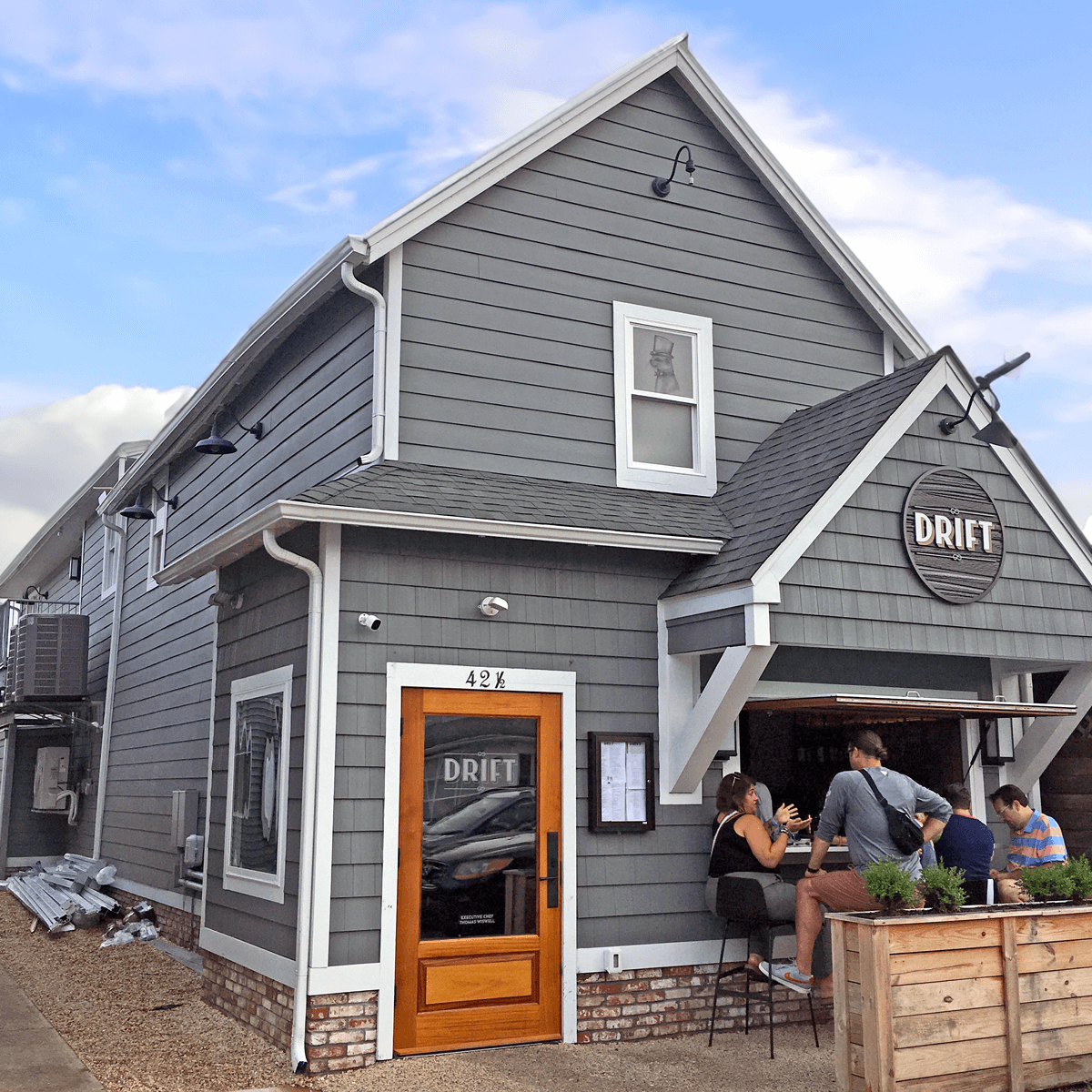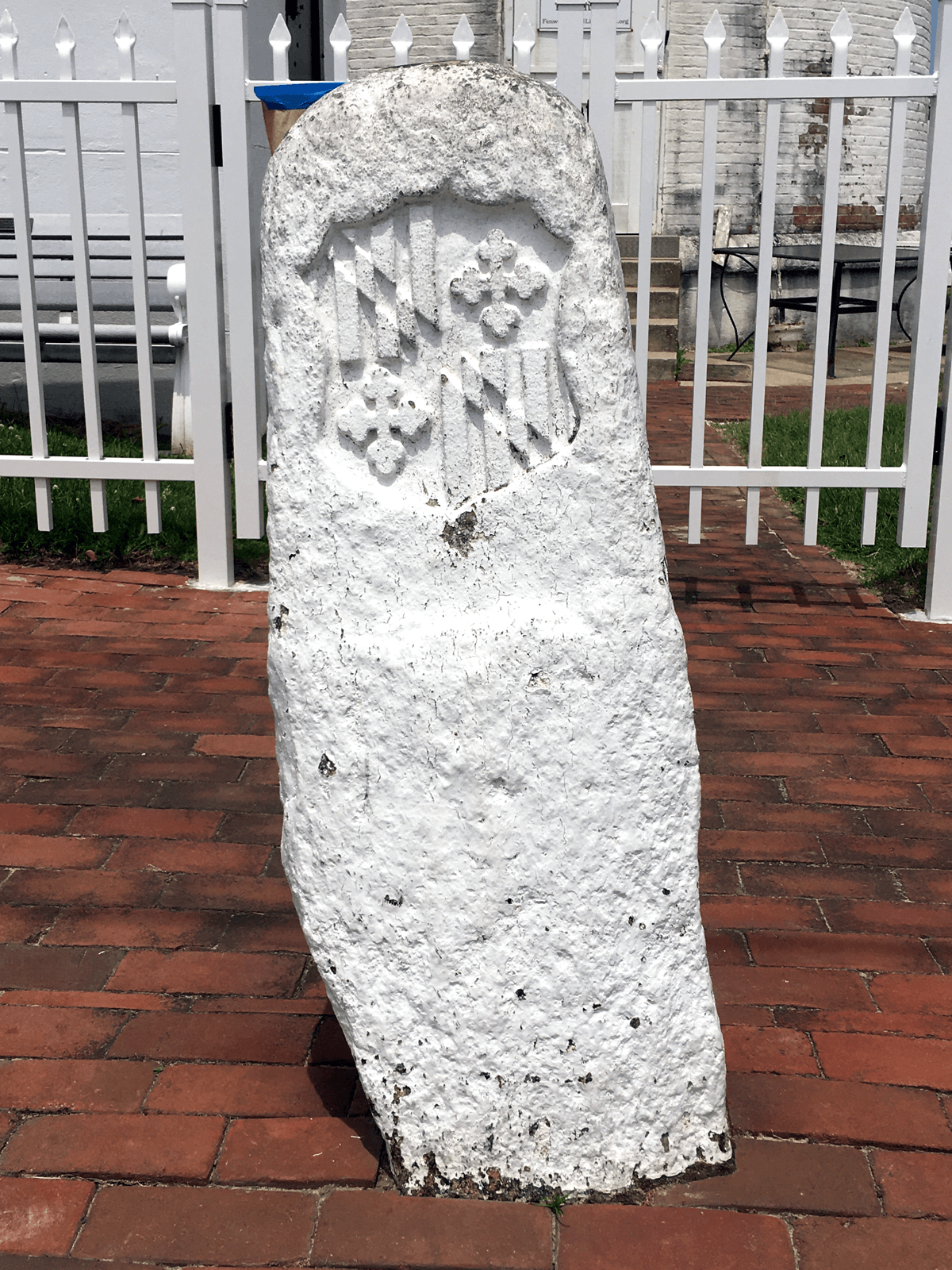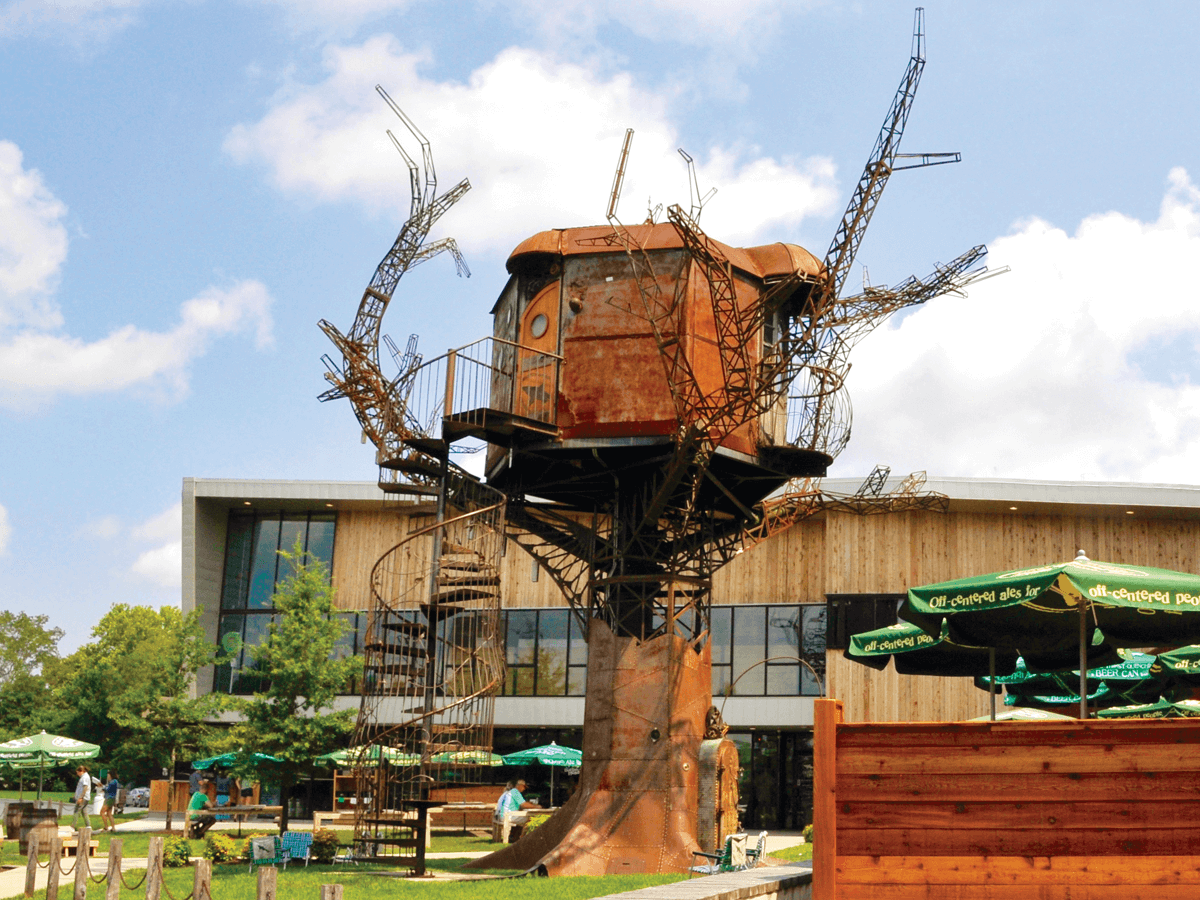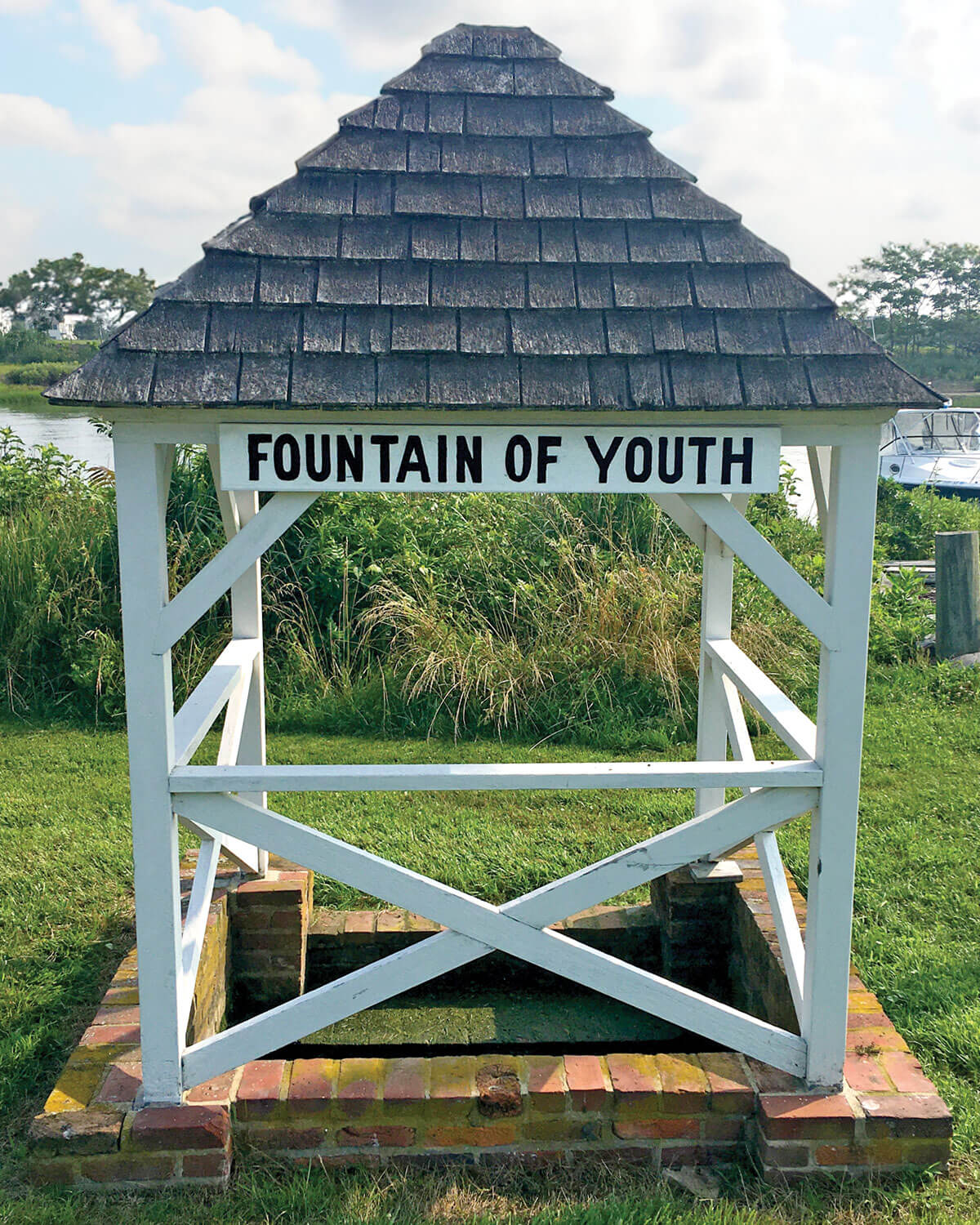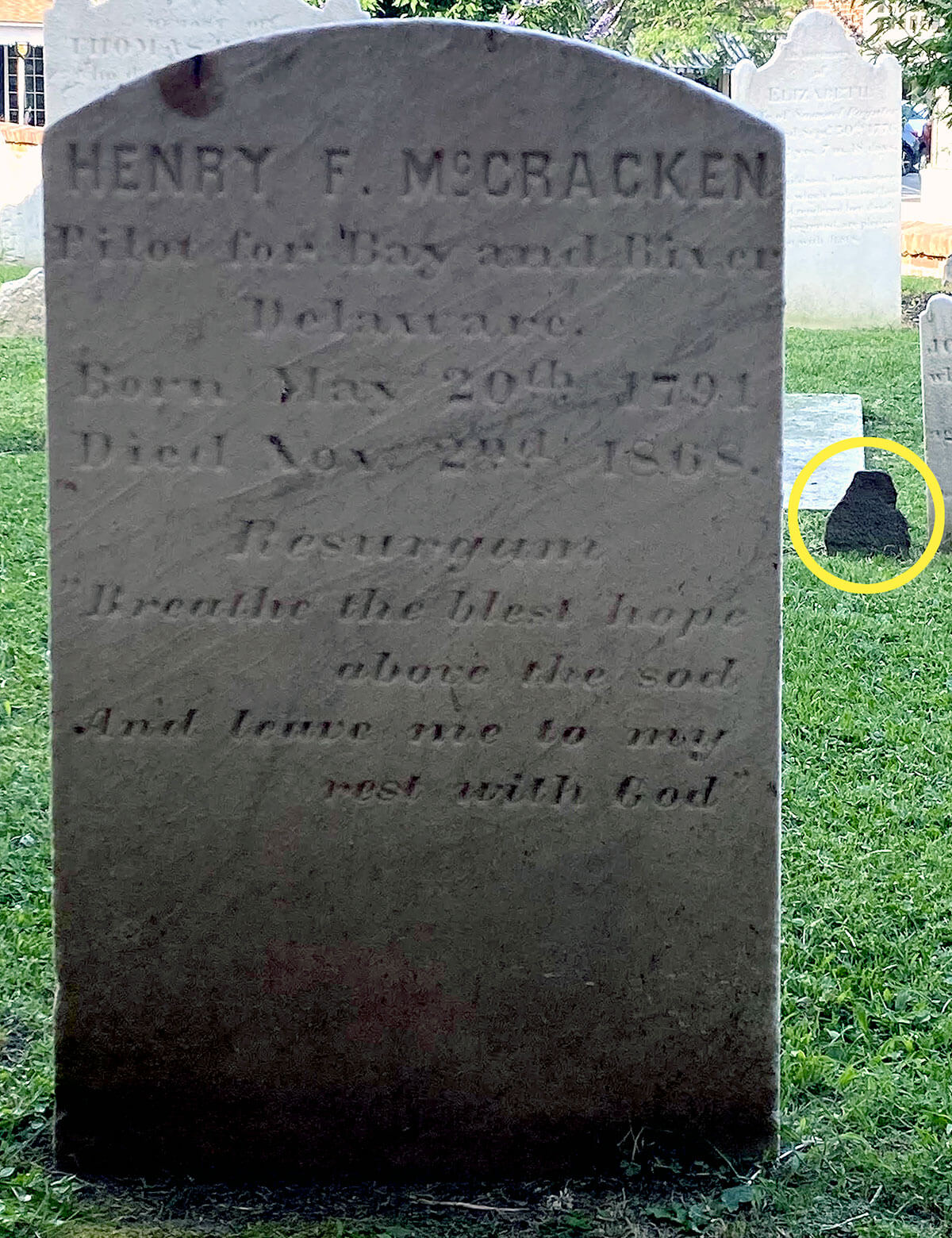In the 1700s, your drugstore was a garden. People have been using plants — especially herbs — as medications for 5,000 years. Herbs can be used to treat ailments, dye fabric and repel pests, and they’re pretty great for seasoning food as well.
The Historic Fisher-Martin Herb Garden is an authentic 1700s colonial herb garden. Located next to the Fisher-Martin House (containing the Lewes Visitors Center) on Kings Highway, the garden was planted in 1984 by a group of Lewes residents using research and materials provided by Colonial Williamsburg and the Nanticoke Museum. Now maintained by Lewes in Bloom, the garden provides a peek into what herbs were grown and used by colonists and Native American peoples in 18th century Delaware.
The garden is organized into sections according to a plant’s main use: dyeing, medicinal, bug repellent, culinary and Native American medicine/ceremony, although many herbs were multitaskers. For example, pennyroyal was used as a fumigant against fleas but also as a digestive tonic. Coriander (cilantro) is great in salsa but also treats flatulence and bad breath (so go ahead and have those garlicky black beans).
Native American peoples used medicinal plants extensively. They had respect for every plant, tree, herb, leaf and piece of bark, offering tobacco and prayers before using a plant. They wasted nothing and often used one plant in many ways.

